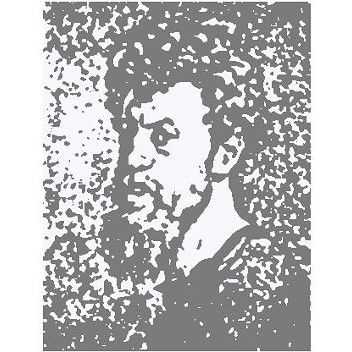Louis Anquetin
(French, 1861-1932)
Louis Anquetin was born in 1861, northwest of Paris in Etrepagny. At the age of 11, he was enrolled at the Lycee Pierre Corneille in Rouen, from which he graduated in 1880. Anquetin moved to Paris in 1882 and entered the studio of Leon Bonnat, where he met and collaborated with Henri Toulouse-Lautrec. The following year they both moved to the studio of Fernand Cormon, where Anquetin befriended Emile Bernard and Vincent Van Gogh; here he fell under the influence of the Impressionist style.
In the late 1880s, alongside Bernard, Anquetin developed a new method of painting termed Cloisonnisme. Characteristically known for strong black contour outlines and flat areas of colour, it was partly inspired by the Japanese wood block prints and stained glass. The term was coined by art critic Edouard Dujardin after seeing their work in 1888. Although it earned him both fame and acclaim in Paris, with his work influencing fellow avant-garde contemporaries, Anquetin departed from this style by the early 1890s.
In 1894, Anquetin travelled to Belgium and Holland with Toulouse-Lautrec and Joseph Albert. There he saw the works of Peter Paul Rubens and Rembrandt van Rijn, influencing him to make a complete turn in his career by rejecting modern art and turning to classicism. From 1894 to 1896, he studied anatomy and began experimenting with oil techniques, trying to resemble the methods of the old masters. He eventually fell from the public eye after abandoning the modern movements. He wrote a book on the artist Rubens, which was published in 1924. Anquetin died in Paris in 1932. By this time, he was almost forgotten.

